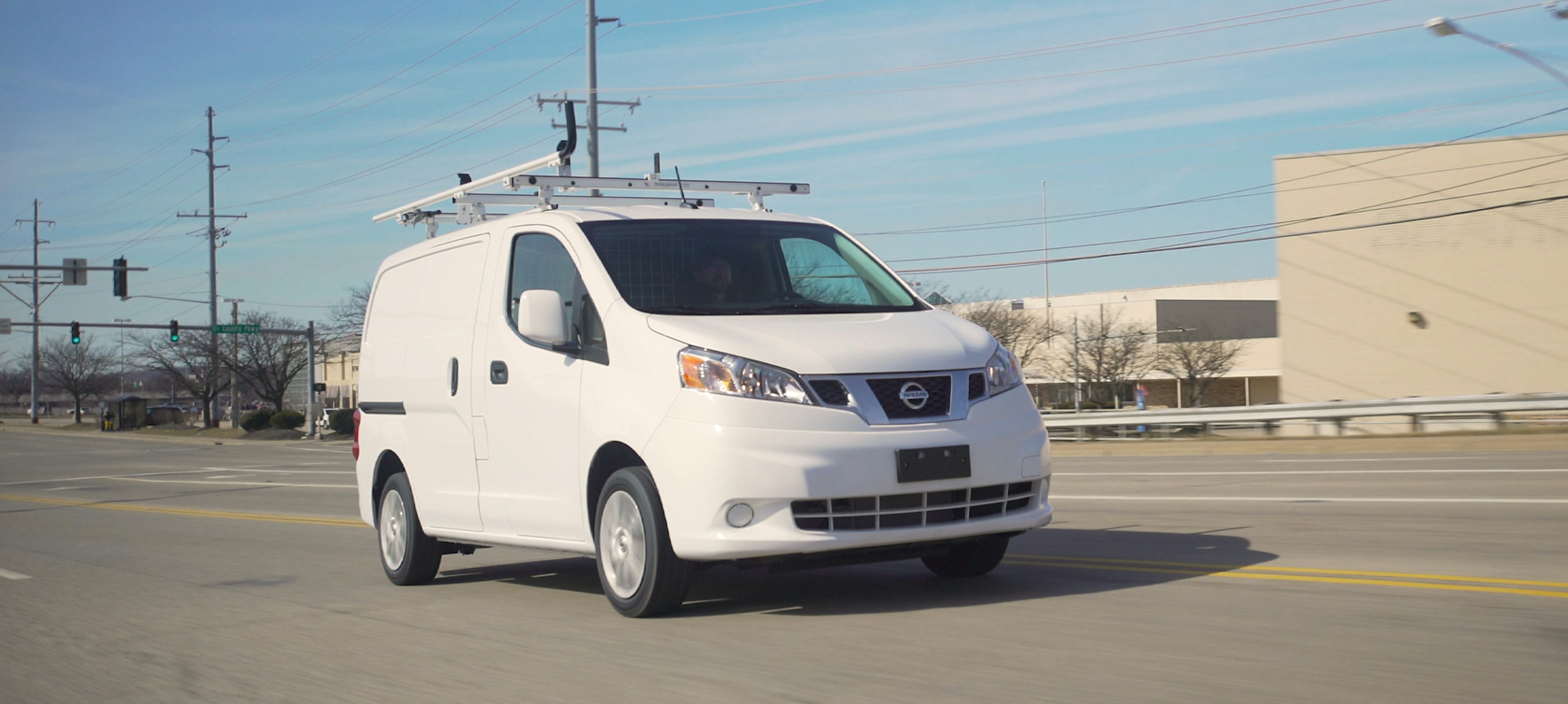Three years after COVID-19 upended our understanding of “normal,” the fleet management industry continues to grapple with the long-term impacts of the pandemic. Specifically, ongoing vehicle shortages are creating massive headaches for fleet managers, who are trying to obtain new vehicles for their fleets without much success—a trend that is expected to continue into early 2024.
“When people ask me what my number one draft pick is for a new vehicle, my response these days is ‘the ones you already have,’” says Jason Kraus, director of vehicle acquisition & lease structure at Mike Albert Fleet Solutions. “Until vehicle supply and demand are equalized, the best way to offset the wait for factory orders is to enhance the preventive maintenance of your existing vehicles.
Now more than ever, it’s critical for fleet owners to prioritize the health and longevity of their vehicles—and fortunately, there are some simple ways to do that. We spoke with Jenny Baker-Ford, manager of fleet maintenance at Mike Albert, to discuss her top recommendations for getting the most out of your current fleet.
Follow the factory-recommended maintenance schedules.
It might seem obvious, but it’s important to follow manufacturer recommendations when you need to extend the life of your vehicle. “When an OEM puts out a factory-recommended schedule, it’s so important for fleet managers to adhere to that recommendation,” says Baker-Ford. “A bare-bones approach to maintenance isn’t going to cut it anymore.”
To that end, she says, fleet managers should take care to conduct maintenance beyond the standard oil changes and tire rotations, and follow the OEM recommended schedules for brake fluid flushes, transmission flushes, and differential services. “Performing these maintenance items can go a long way to keeping your vehicle in top condition,” she says. “And if you skimp on those services, you’re likely going to have bigger problems down the road.”
Focus on the future, not the present.
Fleet management is complex, so it makes sense that many fleet managers tend to focus their energies on the most immediate and pressing issues. But when it comes to surviving vehicle shortages, playing the long game is essential.
“If you know you’ll need to keep your vehicles for another year or two, you need to shift your focus from month to month to the future ahead,” says Baker-Ford. Realistically, you can expect to wait twelve to eighteen months to get new units. With that in mind, “you need to think about what your needs will be during that year or longer delay and ensure that your existing fleet will be maintained well enough to meet those needs.”
Lean on fleet experts when you need them.
"As a fleet manager, you have a laundry list of responsibilities to tend to—so don’t be afraid to reach out for help or advice when you need it," says Baker-Ford. "This is especially true when it comes to fleet vehicle maintenance."
“There’s no shame in consulting an expert if you don’t know an answer,” notes Baker-Ford. “For example, if you didn’t perform your transmission flush and it’s 20,000 miles overdue, I recommend calling your local dealer or a shop you trust and ask them how to proceed.” Also, working with a fleet management company, she adds, can apply another layer of expertise that will help optimize your fleet maintenance.
Current vehicle shortages may seem endless, but it's likely that inventory will increase within the next couple years or so. In the meantime, by prioritizing comprehensive maintenance to keep your existing vehicles in top condition, you’ll be well-positioned to ride out the storm with minimal impact on your fleet’s productivity and bottom line.



